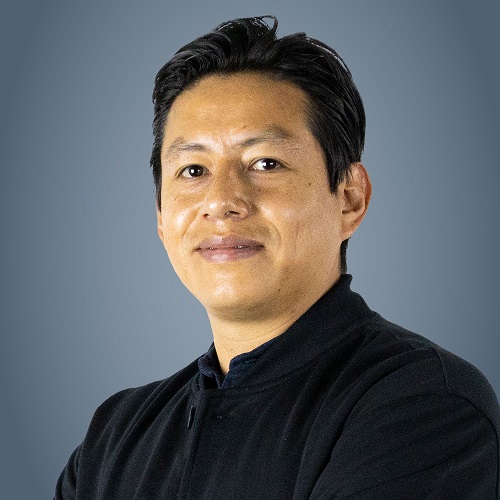DISCIPLINARY BACKGROUND
Why study the Master's Degree in Physics and Advanced Technology?
The Master in Physics and Advanced Technology seeks to train students to use and develop the mathematical, experimental and computational tools necessary to solve complex multidisciplinary problems through the understanding of physical principles and the creation or management of advanced technological tools.
To contribute to the development of science and social welfare through the training of highly qualified, responsible, honest and service-minded human resources, capable of collaborating in multidisciplinary teams to solve basic and applied physics problems, as well as to provide human resources with the modern tools of physics and mathematics adequate to address frontier problems of scientific and social interest.
In 2035, the Master's Degree in Physics and Advanced Technology will be a graduate educational program recognized by national and international institutions under national and international quality standards, with graduates capable of solving problems of the discipline at the basic and applied science level, and of contributing to the solution of multidisciplinary problems of social interest.
General Objective:
- To train teachers in Physics and Advanced Technology with the ability to solve complex multidisciplinary problems that require the understanding of their physical principles and the creation or management of advanced technological tools, through a preparation that fosters critical, investigative, systematic, creative and innovative thinking.
- To acquire and apply physics and mathematical tools through basic subjects sufficiently general to allow the student to identify and solve fundamental physics problems of social interest.
- To develop in students specialized skills in computational, theoretical and experimental aspects through a series of electives focused on specializing in an area of Physics where the study problem of interest to the student is contextualized. With this the student will be able to face the problem of interest either individually or collectively depending on the nature of the problem.
- Understand and analyze the scientific method applied to Physics, understanding that it is a dynamic method where there is feedback and scientific evidence is fundamental to understand nature.
- Phenomenology and instrumentation in astroparticles and high energies: this line deals with the systematic study of the most fundamental constituents of matter and radiation, and their interactions within the conceptual framework of quantum field theory and through analytical calculation schemes, computational simulation tools, and observational experiments and studies.
- Analytical and numerical gravitation: this line is devoted to analyzing the nature and dynamics of space and time, gravitational attraction at distances ranging from the atomic to the cosmological and its consequences for large-scale structure and dynamics at intermediate scales.
- Condensed matter science and technology: is the study of matter in its aggregate, creating and refining techniques to address problems involving systems with a large number of constituent parts, either through the tools of statistical mechanics and solid state, computational modeling and simulation, and experimental characterization.
Basic Academic Core
We have 9 research professors with doctoral degrees.
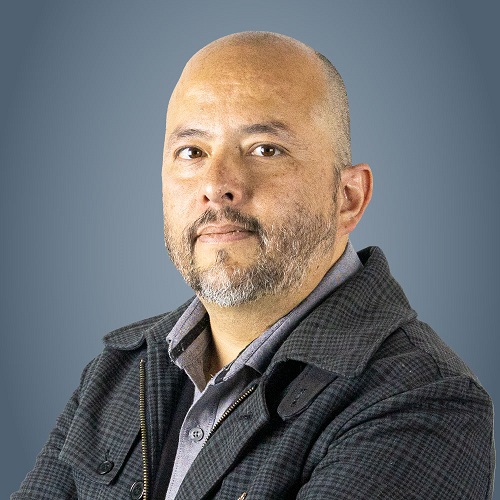
Dr. Selim Gomez Avila
selim_gomez@uaeh.edu.mx
PRODEP: Current
LGAC: Phenomenology and instrumentation in astroparticles and high energies.

Dr. Roberto Noriega Papaqui
rnoriega@uaeh.edu.mx
SNI II
PRODEP: Current
LGAC: Phenomenology and instrumentation in astroparticles and high energies.
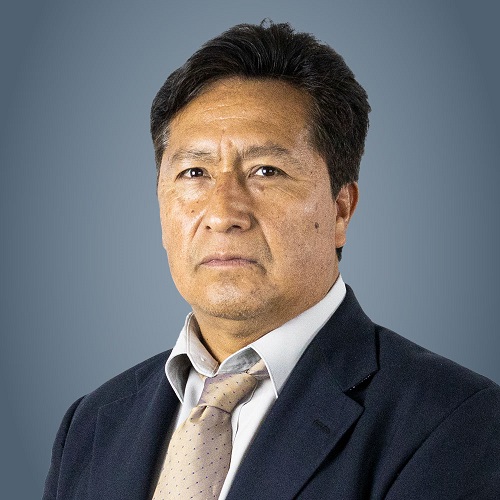
Dr. Fernando Donado Pérez
fernando@uaeh.edu.mx
SNI: II
PRODEP: Current
LGAC: Science and technology of condensed matter

Dr.Omar Pedraza Ortega
omarp@uaeh.edu.mx
SNI I
PRODEP: Current
LGAC: Analytical and Numerical Gravitation

Dr. Lao Tse Lozano López Lozano
lao_lopez@uaeh.edu.mx
SNI: I
PRODEP: Current
LGAC: Phenomenology and instrumentation in astroparticles and high energies.

Dr. Mario Pérez González
mario_perez12865@uaeh.edu.mx
SNI: I
PRODEP: Current
LGAC: Science and Technology of Condensed Matter

Dr. Luis López Suárez
lalopez@uaeh.edu.mx
SNI I
PRODEP: Current
LGAC: Analytical and Numerical Gravitation
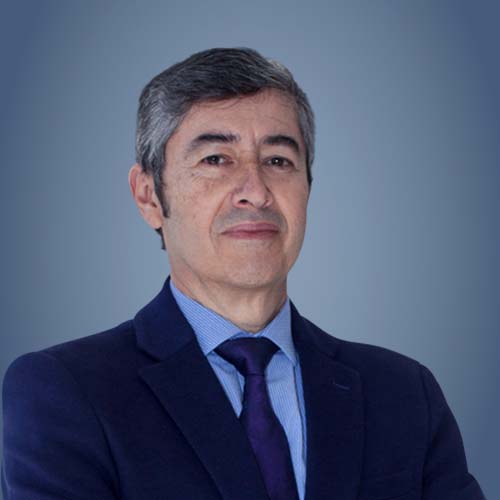
Dr. Pedro A. Miranda Romagnoli
pmiranda@uaeh.edu.mx
SNI I
PRODEP: Current
LGAC: Phenomenology and instrumentation in astroparticles and high energies.
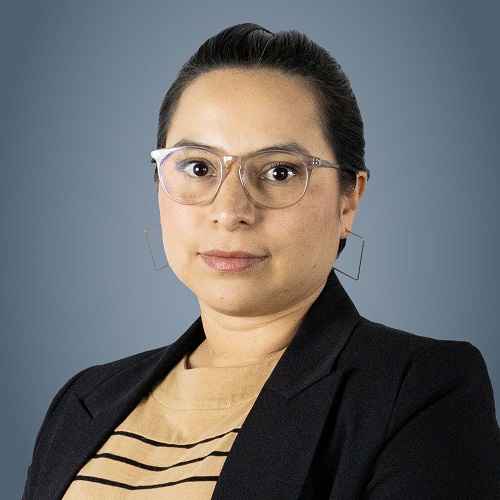
Dr. Alba Leticia Carrillo Monteverde
alba_carrillo@uaeh.edu.mx
SNI I
LGAC: Phenomenology and instrumentation in astroparticles and high energies.

Dr. Adolfo Guevara Escalante
adolfo_guevara@uaeh.edu.mx
LGAC: Phenomenology and instrumentation in astroparticles and high energies.
